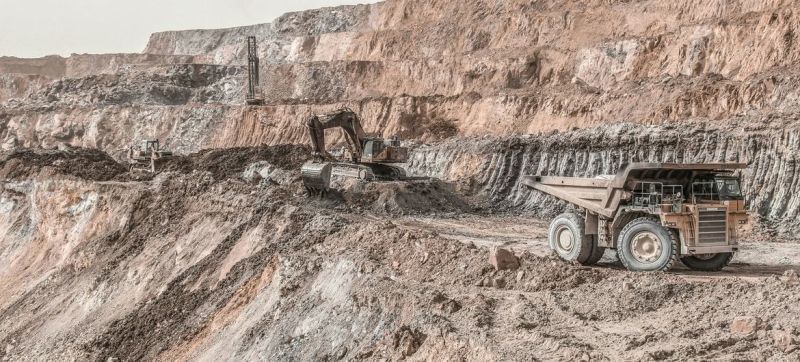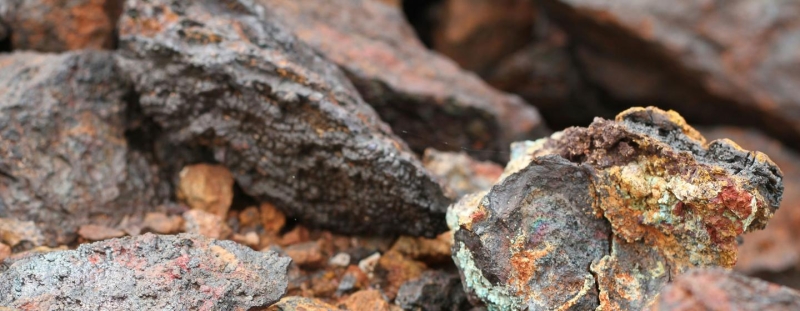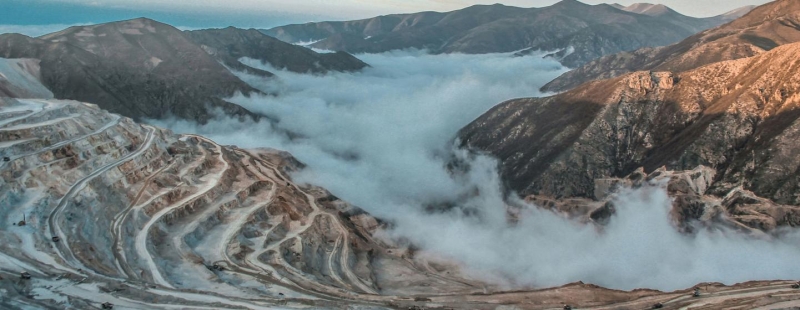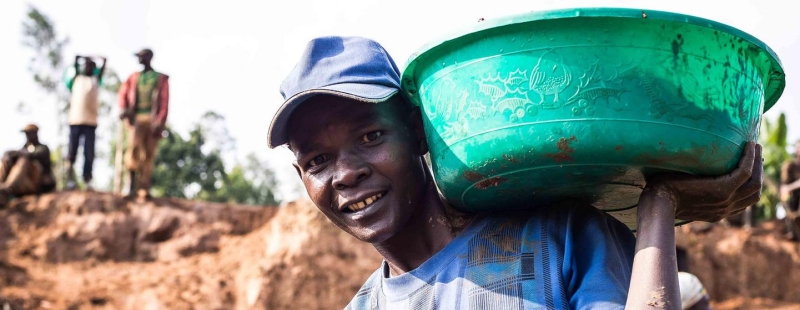
Copper mine in Iran. Five facts about clean energy minerals and the dirty process of extracting them Climate and Environment
The transition to “clean” energy sources will require the extraction of much more rare minerals, which are used, for example, in wind turbines and solar power plants. However, energy experts note that the process of extracting these minerals can lead to environmental pollution and human rights violations.
It has long been known that the world is experiencing a climate crisis: temperatures are rising and more extreme weather events are occurring. This has a negative impact on the economy, the environment and society as a whole.
To cope with the climate emergency, the energy sector is slowly moving away from emitting power plants. clouds of greenhouse gases, and is turning to cleaner sources such as sun and wind.
However, to provide the world with low-emission energy, much more will need to be produced some minerals, which can be a messy process.

An ore containing copper, cobalt and nickel from a mine in Australia.
Here’s what you need to know about the raw materials needed for the energy transition and how we can limit the damage caused by their production:
1. Fossils for the Energy Transition: What They Are and Where to Find Them
Certain natural substances are ideal for use in renewable energy technologies. For example, lithium, nickel and cobalt are the main components of electric vehicle batteries. Rare earth elements are found in the magnets that spin wind turbines and electric motors. Large volumes of copper and aluminum are needed to operate power lines.
Similar raw materials are found in rocks around the world, but their mining is controlled by several countries and companies: China leads the rare earth market, Indonesia produces the most nickel, Democratic Republic of Congo (DRC) – most of the cobalt.
Read also:
In Ukraine Contains approximately five percent of all global reserves of “critical raw materials” | UN News (un.org)
Many of the minerals needed for the energy transition have been discovered in landlocked developing countries, some of which are among the least developed countries of the world.
2. The market is growing rapidly
The transition to “clean” energy leads to a significant increase in the need for certain raw materials. Between 2017 and 2022, demand for lithium tripled, demand for nickel increased 40 percent, and demand for cobalt jumped 70 percent, according to the International Energy Agency.

Copper mine in Iran.
With a complete transition to renewable energy sources and achieving zero greenhouse gas emissions by 2040, the use of minerals in alternative energy will increase sixfold. This will result in the market size for these raw materials exceeding $400 billion.
3. Countries rich in essential minerals will gain an advantage…
This will happen with effective policies and guarantees. Mining the minerals needed for clean energy can usher in a new era of sustainable development by creating jobs and reducing poverty.
Given the right conditions, the energy transition minerals industry could be absolutely transformative for some countries, according to Ligia Noronha, head of the New York office of the United Nations Environment Program (UNEP).
4. …However, there are concerns
“We cannot repeat the mistakes of the past, when developing countries were systematically exploited for the production of raw materials,” said UN Secretary-General Antonio Guterres. Human rights groups have warned of human rights abuses throughout the industry, particularly in mines in developing countries. There have been reports of forced labor from some sites.
Read also:
At KS-28, a commission has been created to manage mineral resources necessary for “green” energy
Irrational mining will damage the environment. Thus, the process can lead to deforestation, water pollution and so-called dehydration. For example, mining one ton of lithium requires two million liters of water, but about 50 percent of copper and lithium is produced in regions prone to water stress.
5. UN develops measures to support the industry
The UN is currently undertaking efforts to ensure fair and sustainable management of minerals needed for the energy transition. In 2023, the UN launched an initiative to build trust and resilience in mineral supply chains.
For example, UNEP is supporting the DRC in developing a national plan for the extraction of minerals, in particular cobalt. The joint work aims to minimize the environmental impact of mining and explore how local and international organizations can help resolve conflicts related to the production of raw materials.

A worker at a mine in the DR Congo.
The sixth session of the United Nations Environment Assembly (UNEA-6) is being held from 26 February to 1 March 2024 at UNEP headquarters in Nairobi, Kenya. Delegates are expected to discuss issues related to mineral and metal mining, as well as other key environmental issues.
